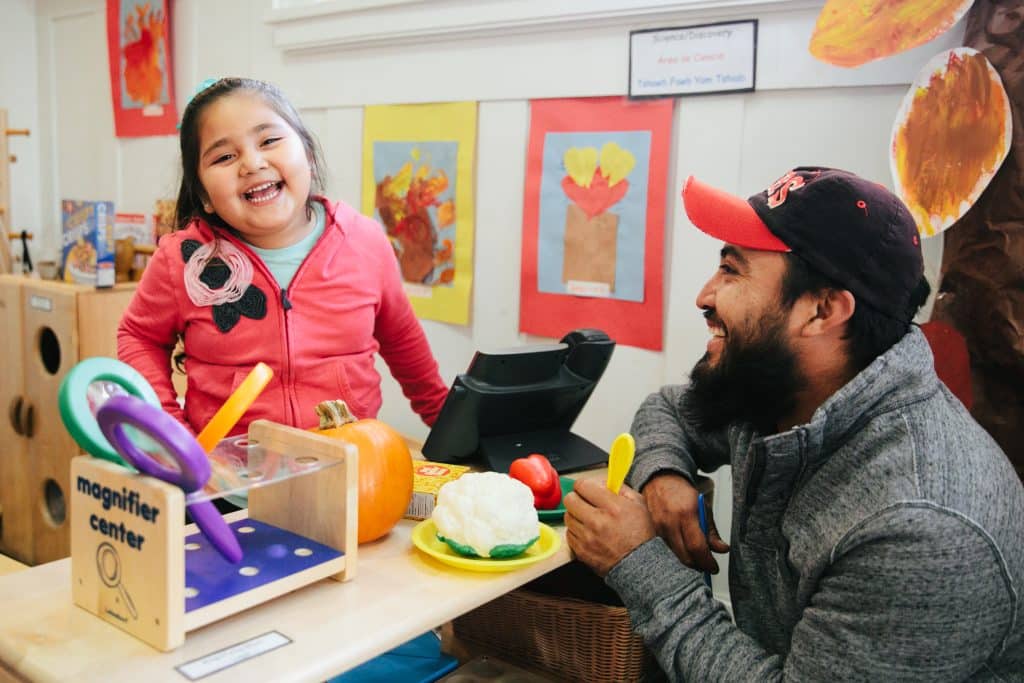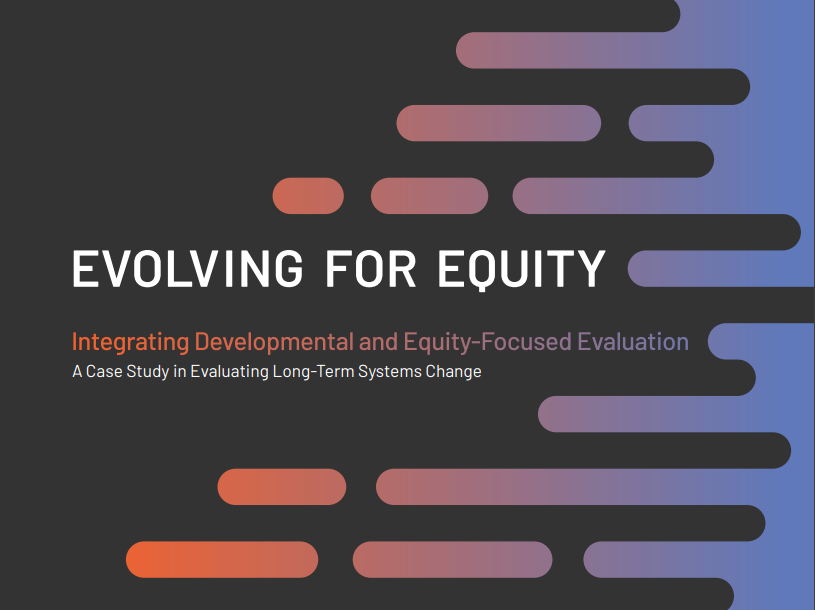The following post, written by Packard Foundation’s Katherine Beckmann, first appeared on June 16, 2021 in The Hill.
When I found out I was pregnant with my eldest son, my husband and I celebrated with family and friends — and immediately put our name on waiting lists for child care. Despite our planning, we couldn’t afford any available child care options when it came time for me to return to work after Liam was born. A month of child care cost more than an entire month of rent. And so, my parents and in-laws took turns living with us to provide care until a spot opened. The irony? At the time, I worked for the deputy assistant secretary for Early Childhood at the U.S. Department of Health and Human Services. I was part of a talented, dedicated team working to secure access to quality early care and learning experiences for our nation’s children. Yet, I could not find child care.
The reality is I was incredibly fortunate; I had a stable job, safe home, access to nutritious food, health insurance and social support. Unfortunately, this cannot be said for many families who are struggling to make ends meet while balancing family responsibilities. Less than half of children who live in low-income households have access to high-quality early learning experiences that could improve their opportunities for a better future. The pandemic has only exacerbated issues of access, particularly in communities of color and immigrant communities where deeply rooted structural inequities and disparities exist. As we think about the path ahead, we must reimagine how we can support all children and the adults in their lives — and not just with child care.
We are off to a good start with the American Rescue Plan Act, which revived the notion that government cares for its citizens by putting money in the hands of individuals, investing in programs that serve children and families, and addressing fundamental needs of civil society like hunger, shelter, health and education.Unfortunately, without longer-term investments, we will quickly lose the promise of progress the American Rescue Plan offers. Congress now has a chance to ensure the United States becomes the best place to raise families by establishing permanent, comprehensive policies that provide all kids and families with the support they need to thrive. The American Families Plan represents a clear blueprint, and any recovery legislation should focus on four policies to start.
- Paid Family Leave: We need a national, comprehensive paid family leave policy with job security and wage replacement that allows adults to take the time they need to care for themselves or their newborns, adopted children, or family members facing illness. ARPA provided incentives to employers to give employees this time, but all workers need this benefit that enhances families’ financial stability and improves health and developmental outcomes for children.
- Health Insurance: Reliable access to affordable, comprehensive health care services keeps kids healthy and gives them a strong start in life. Yet, more than 4 million children across our country do not have health insurance. We must make steps to close the gaps in insurance coverage and access to quality health care by making the Children’s Health Insurance Program (CHIP) permanent and ensuring that kids in Medicaid/CHIP are enrolled continuously from birth through age five. And when it comes to the health of children, we must support the health of the moms, dads and caregivers in their lives too. The American Rescue Plan Act laid groundwork by providing incentives for states to expand Medicaid and an option to extend Medicaid postpartum coverage, but there is so much more needed to support the preconception, prenatal and postnatal care of more mothers and children.
- Child Care: Child care is essential not only to the well-being and healthy development of our children but to a successful, thriving economy. American Rescue Plan dollars provided a lifeline to the child care industry and parents. However, we need sustainable increases in funding to ensure child care providers receive a living wage, that they are provided with professional development opportunities and that all families can afford high-quality early learning programs. In addition to permanent increases in public investments in child care, Head Start, and preschool programs, we must make the American Rescue Plan’s increases to the Child and Dependent Care Tax Credit permanent and refundable, so more families can pay for the type of care they need.
- Financial Support: Raising kids is expensive, and we must implement policies that break down racial, economic, and other disparities to ensure families are equitably supported. We should make the increases and expansions to the child tax credit permanent to put money back in the pockets of families who know what’s best for their children.
The success of our children and their families has always been foundational to the success of our nation. The pandemic has proven that our nation can come together to support children and families during a crisis. It’s time to solidify that support with long-term investments like those proposed in the American Families Plan that ensure not only the survival of families but their prosperity.








